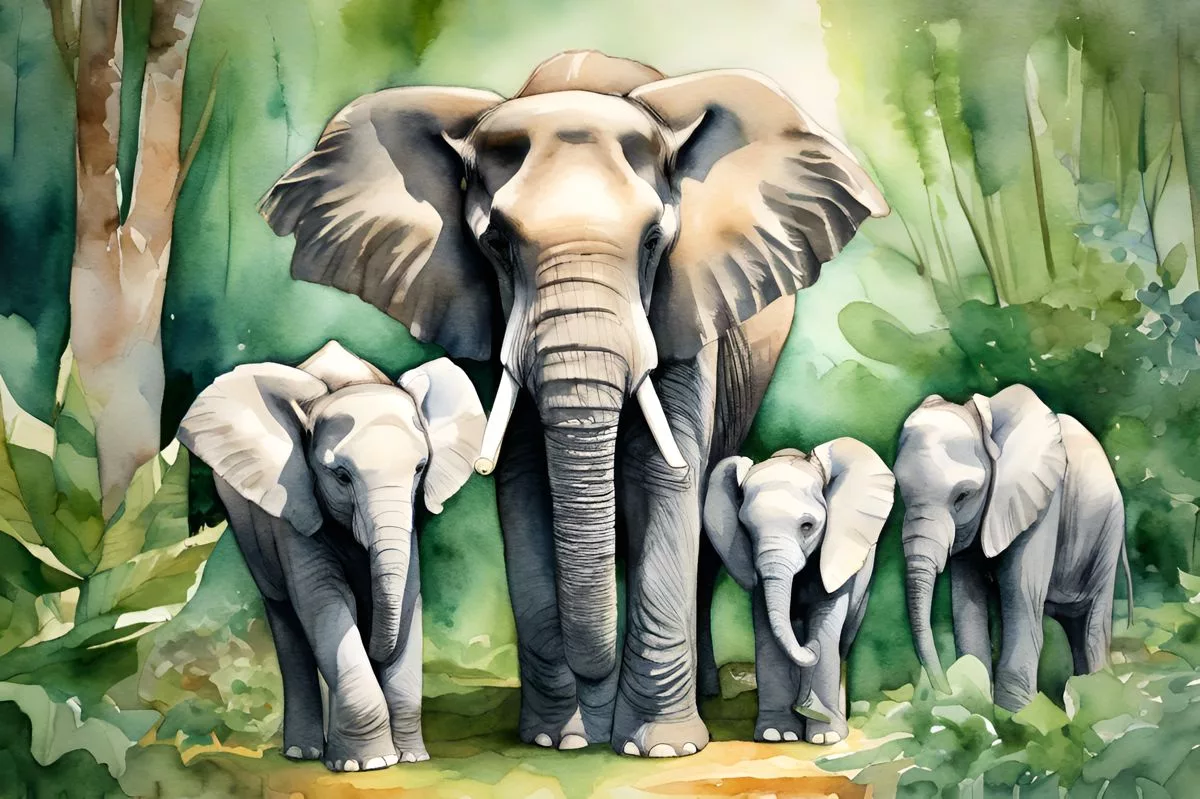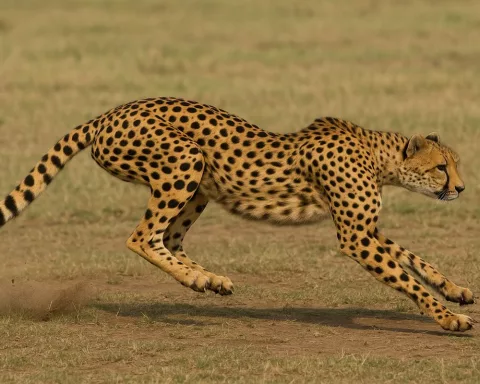A wild female elephant has been discovered in the Knysna forest, and people are considering introducing more elephants into the area to strengthen ecological balance and maintain cultural and historical values. However, commercial motivations must be avoided, and management plans should be guided by elephant experts. Evaluations have shown that the Garden Route elephant range would thrive with the addition of these majestic creatures. Sustainable and informed management is necessary to ensure the survival of these gentle giants.
The Elephant Awakening: Has a Wild Female Elephant been Found in Knysna Forest?
Yes, a wild female elephant has been discovered in Knysna forest, and there is consideration to introduce additional elephants into the area. Comprehensive evaluations have shown that the Garden Route elephant range would thrive with the addition of these noble beasts, with motives ranging from strengthening ecological equilibrium to maintaining cultural and historical values. However, caution against commercial motivations is advised, and management plans should be guided by elephant experts.
The Elephant Awakening: A Discovery in the Knysna Forest
In an unusual and significant discovery, the existence of a wild female elephant in the Knysna forest and the fynbos region overseen by South African National Parks (SANParks) has been verified. This crucial detection has ignited curiosity about the idea of introducing additional elephants into this lush terrain, a proposition backed by a plethora of data obtained from comprehensive evaluations.
To determine the future management of the area’s elephant populace, SANParks performed two types of evaluations. The first, an integral component of the sociological examination, was an aimed survey that accomplished a remarkable response rate of 74% from 500 contacts. The derived results were captivating; they resonated with the notion that the Garden Route elephant range would thrive with the addition of these noble beasts.
The motives provided by the survey participants in favour of reintroducing elephants were diverse. They spanned from strengthening ecological equilibrium to maintaining cultural and historical values. However, a unanimous note of caution against commercial motivations was present. The participants stressed that any management plan should be guided by elephant experts, with contributions from property owners and conservation officials. This highlights the awareness of the fragile equilibrium that needs to be maintained between environmental preservation, economic interests, and the welfare of these splendid animals.
Elephants in the Shadows: Understanding their Behaviour
The second evaluation, the ecological study, offered a more detailed examination of the elephant’s physical condition and behaviour patterns. This study plotted potential areas of conflict between humans and wildlife, and provided insights into the reasons behind the near extinction of the elephant population.
These evaluations confirmed the existence of a solitary female elephant in the forest, providing insights into the extensive size of her feeding zone. An interesting trend was observed in the analysis of the stress hormone levels in the elephant’s faeces. The female elephant demonstrated low stress hormone levels in areas of low human population density. However, these levels peaked when she was pursued by humans, indicating an increased level of stress.
Compelling evidence was provided by a camera trap, which captured her at ease in areas frequently used by humans. However, her behaviour significantly changed to display discomfort when humans were in close proximity. This behavioural evidence matched the stress hormone levels, signifying her tendency to avoid areas with a higher probability of human presence.
These findings underscore the urgent need for management strategies that are cautious, low-risk and minimally disruptive to the elephant’s existence. It emphasizes the necessity of basing decisions on expert knowledge. The anecdote of the solitary female elephant in the Knysna forest can serve as a touching reminder of the need for meticulous and informed management, for not only the elephant population, but perhaps all wildlife living alongside humans.
The Elephant Revival: A New Beginning
The potential re-introduction of more elephants into the Knysna forest could symbolize a ray of hope for the resurgence of these gentle giants. This presents an opportunity to re-establish an ecological balance that has been drastically disrupted by human influence. The chance to consolidate the cultural and historical legacy of elephants in the Knysna forest presents an exhilarating prospect that could transform the relationship between humans and these majestic creatures.
The discovery of the solitary wild female elephant acts as a catalyst for change. It encourages us to reconsider the way we cohabit our world with these majestic animals, gently nudging us towards a future where humans and elephants can coexist in harmony. This challenge, regardless of how formidable it may appear, is a chance to restore an ecological equilibrium and guarantee the survival of these spectacular creatures for forthcoming generations.
1. What has been discovered in the Knysna forest?
A wild female elephant has been discovered in the Knysna forest.
2. Is there consideration to introduce additional elephants into the area?
Yes, there is consideration to introduce additional elephants into the area to strengthen ecological balance and maintain cultural and historical values.
3. What should be avoided in introducing more elephants to the Knysna forest?
Commercial motivations must be avoided.
4. Who should guide the management plans for introducing more elephants to the Knysna forest?
Management plans should be guided by elephant experts.
5. What have evaluations shown about the Garden Route elephant range?
Evaluations have shown that the Garden Route elephant range would thrive with the addition of more elephants.
6. What is the significance of the discovery of the wild female elephant in the Knysna forest?
The discovery of the wild female elephant in the Knysna forest has ignited curiosity about the idea of introducing additional elephants into the area and presents an opportunity to re-establish an ecological balance that has been drastically disrupted by human influence.












